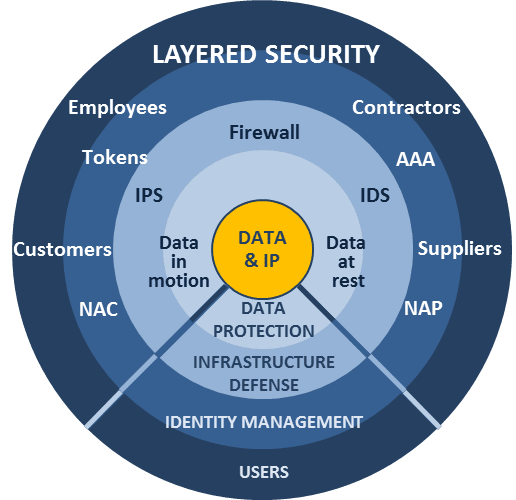Deploying multi-layered firewall protections involves integrating hosting/server-based firewalls, plugin or software-based firewalls, and cloud-based Web Application Firewalls (WAFs) to create overlapping security layers that protect web applications and networks from a broad range of threats.
Key aspects of deploying multi-layered firewall protections include:
-
Hosting/Server-Based Firewalls:
These are traditional or next-generation firewalls installed directly on the hosting environment or physical servers. They provide foundational network security by controlling inbound and outbound traffic, enabling deep packet inspection, user identification, and traffic decryption for visibility and control. For example, Palo Alto Networks firewalls offer features like User-ID and decryption to inspect encrypted traffic and prevent evasions. -
Plugin or Software-Based Firewalls:
These firewalls are installed as plugins or software modules on the web server or application stack itself. They offer granular control over application-layer traffic and can be customized to the specific needs of the hosted application. Examples include ModSecurity and NAXSI, which allow developers to create detailed rules to block SQL injection, cross-site scripting (XSS), and other application-layer attacks. -
Cloud-Based WAFs:
Hosted by third-party providers, cloud WAFs protect web applications by filtering and monitoring HTTP/HTTPS traffic before it reaches the origin server. They are configured via DNS changes and provide scalable protection against OWASP Top 10 threats, DDoS attacks, bot traffic, and zero-day vulnerabilities. Providers like Cloudflare, AWS WAF, and Cisco Secure Cloud WAF offer managed services with AI-powered detection, automated rule updates, and global distribution to reduce latency and absorb attacks.
Benefits of this multi-layered approach:
- Redundancy and Overlapping Protection: Each layer compensates for potential weaknesses in others, reducing the likelihood of successful breaches by approximately 50%.
- Comprehensive Threat Coverage: Network firewalls handle perimeter threats, software firewalls manage application-specific risks, and cloud WAFs provide advanced, scalable protection against sophisticated attacks like zero-day exploits and large-scale DDoS.
- Improved Detection and Response: Combining intrusion detection/prevention with layered firewalls enables real-time anomaly detection and faster incident response, reducing response times by about 30%.
- Compliance and Best Practices: Aligning with frameworks like NIST and CIS, multi-layered firewall deployments meet regulatory requirements and industry standards for defense-in-depth.
- Cost Efficiency: Organizations see a measurable ROI with reduced malware incidents and lower breach-related costs over time by investing in layered defenses.
Implementation best practices include:
- High Availability and Redundancy: Deploy firewalls in HA pairs or clusters to avoid single points of failure.
- Regular Auditing and Rule Refinement: Continuously review firewall policies and logs to optimize security and reduce false positives.
- Integration of Threat Intelligence: Share telemetry and threat data across firewall layers to enhance detection capabilities.
- Use of Managed Cloud WAF Services: Leverage AI-powered cloud WAFs with managed rulesets and DDoS protection to handle evolving threats without heavy operational overhead.
- Network Segmentation: Combine firewall layers with network segmentation to limit lateral movement in case of breach.
In summary, deploying multi-layered firewall protections by combining hosting/server firewalls, plugin/software firewalls, and cloud-based WAFs creates a robust, defense-in-depth security posture that effectively mitigates diverse cyber threats, improves detection and response, and aligns with industry best practices and compliance requirements.





